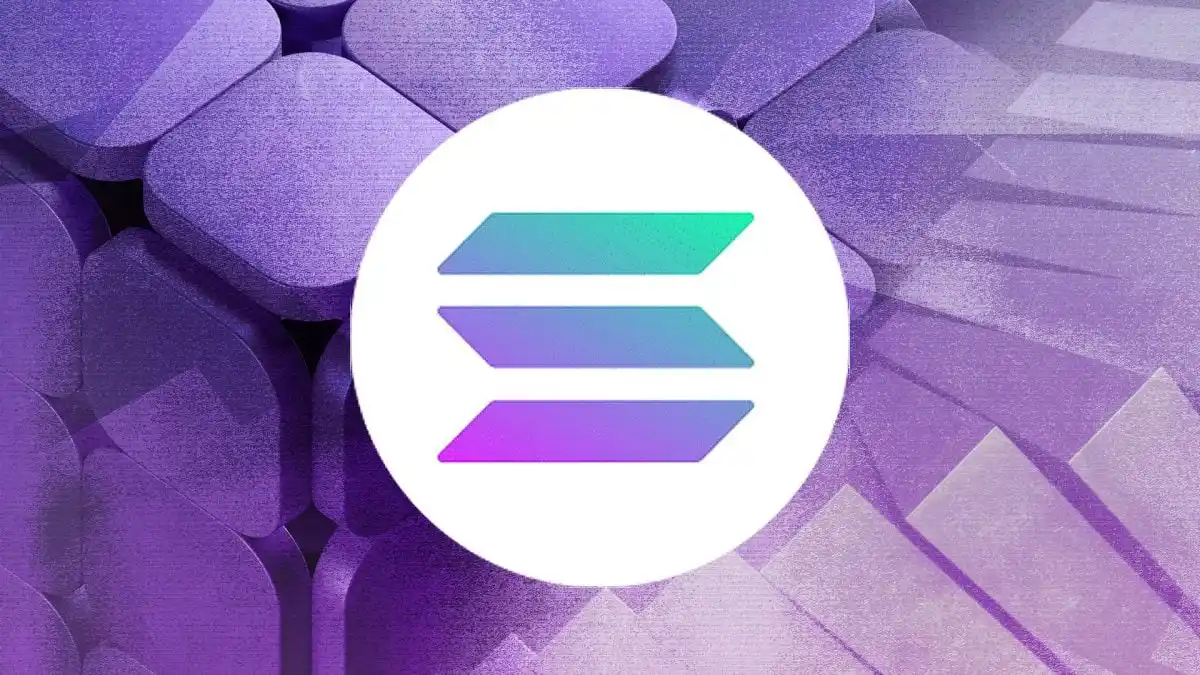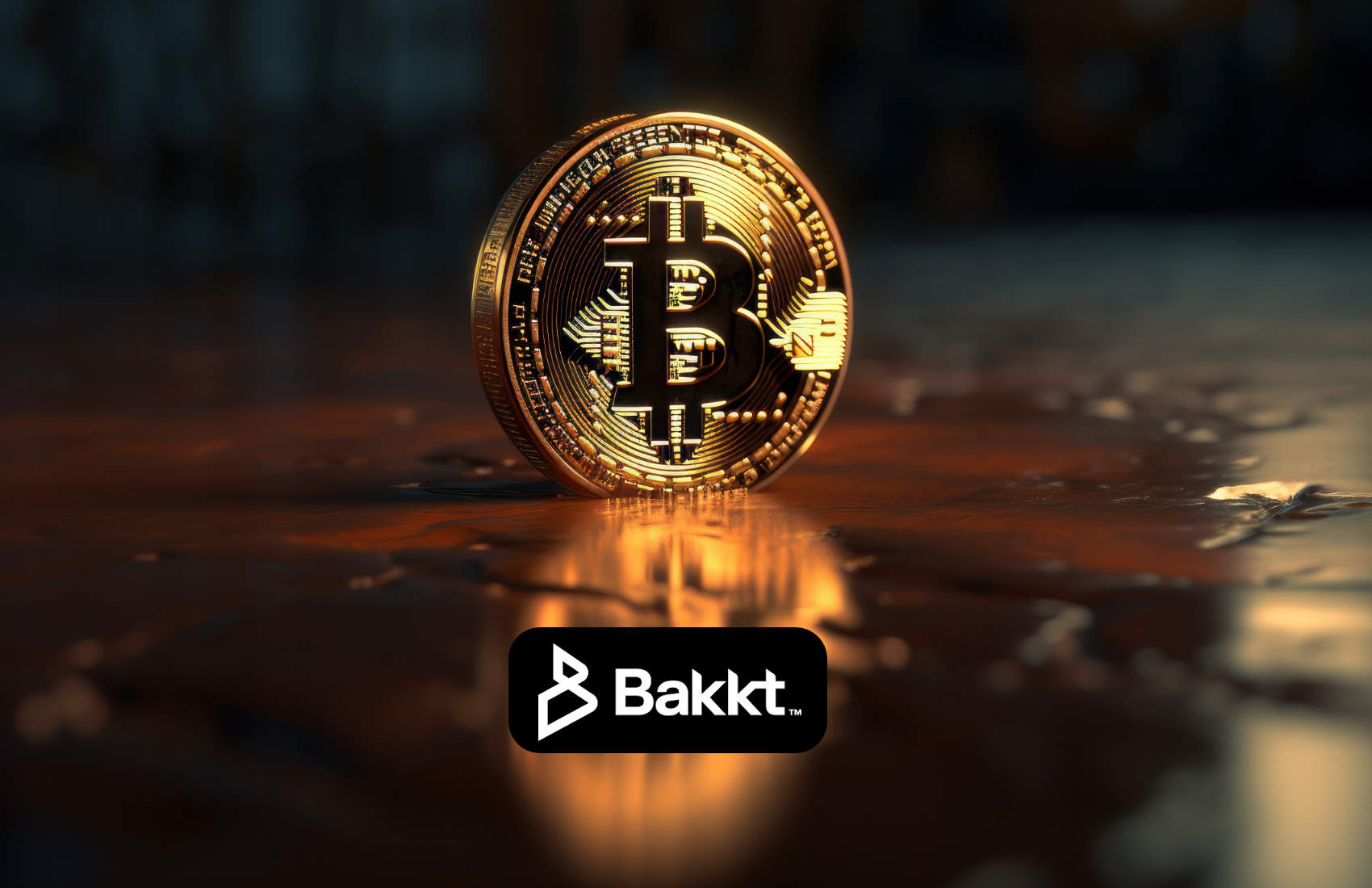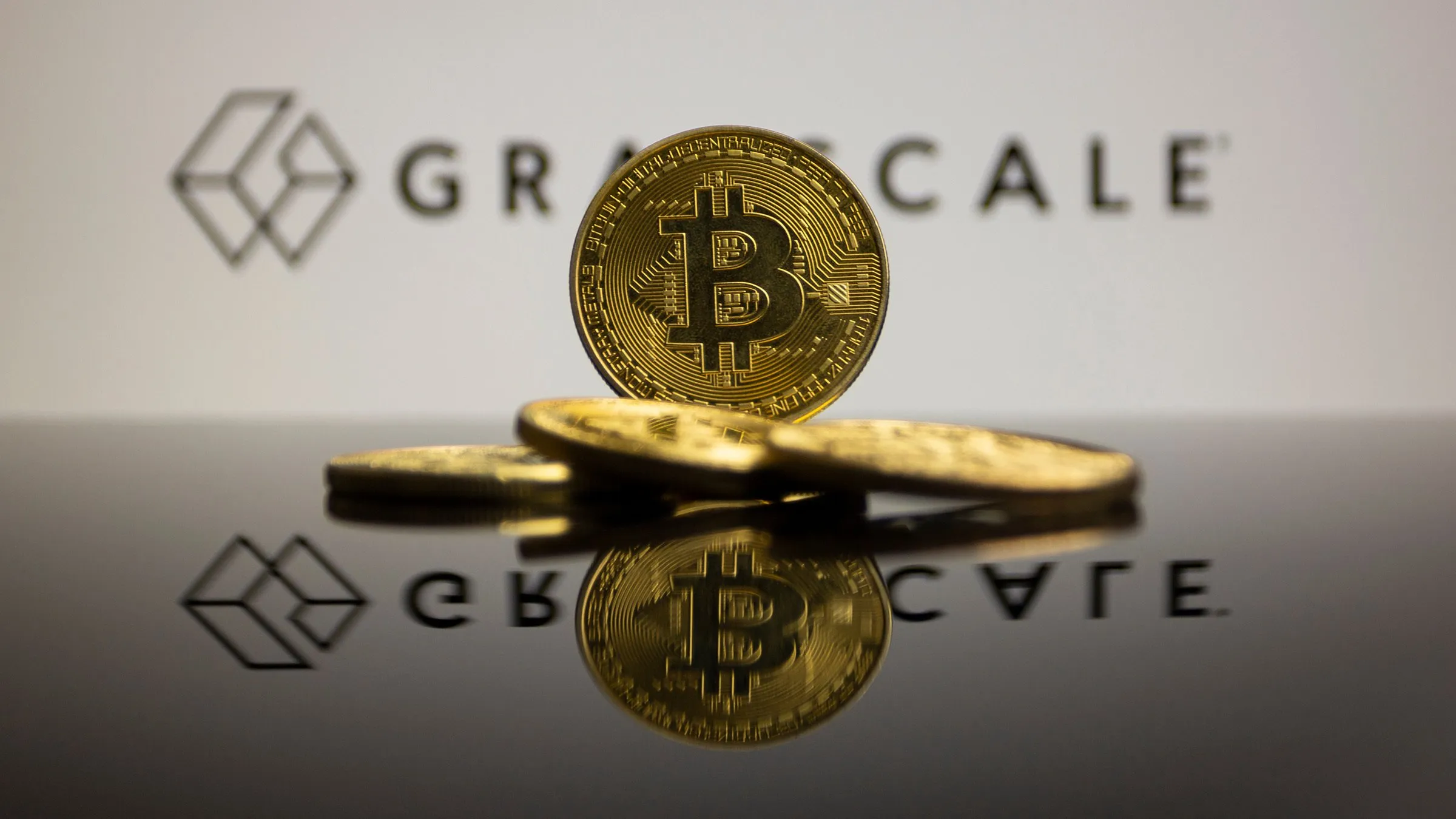Will Blockchain Technology Mark a Turning Point in Fraud Prevention?
From financemagnates by FM

Fraud has been a persistent problem in many industries, causing enormous financial losses for both corporations and individuals. The intricacy of fraudulent acts grows in lockstep with technological advancement. Blockchain technology, on the other hand, has emerged as a possible game changer in the fight against fraud.
In this article, we will look at blockchain technology and its implications for fraud prevention. We will examine whether blockchain technology can signal a turning point in fraud prevention, from the benefits of blockchain in improving security and transparency to the hurdles and considerations in its implementation.
Understanding Blockchain Technology
Blockchain is a decentralized, immutable database that records transactions across several computers. It runs on a network of computers called nodes and uses cryptographic techniques to secure data integrity and security. Each transaction is added to a 'block' and linked to previous blocks in a chain-like structure to establish an immutable record of transactions.

Improvements in Security and Transparency
Blockchain technology has the potential to greatly improve security and transparency in fraud prevention. Blockchain's decentralized structure eliminates the need for a central authority, lowering the risk of tampering or manipulation.
Because blockchain records are immutable, it is extremely difficult for fraudsters to modify transactional data without network consensus. This improves the system's overall security and trustworthiness.
Furthermore, blockchain enables transactions to be transparent and auditable. Every transaction on the blockchain is accessible to all network participants, guaranteeing transparency and accountability. Because potential wrongdoers are aware that their actions may be easily traced, this transparency helps inhibit fraudulent operations.
Case Studies for Fraud Prevention
Blockchain technology has shown potential in numerous applications of fraud prevention cases. Blockchain, for example, may trace the movement of items in supply chain management, ensuring transparency and preventing counterfeiting or unauthorized alterations.
Similarly, blockchain can provide secure and tamper-proof records in financial transactions, reducing the danger of fraudulent acts, such as identity theft, money laundering, or fraudulent payments.
Blockchain technology has the potential to improve digital identity verification. Also, blockchain can reduce identity fraud and give individuals more control over their personal data by offering a decentralized and verifiable identity system.
Considerations and Challenges
While blockchain technology has a considerable amount of potential in fraud prevention, there are several issues to consider. To begin with, scalability remains an issue for blockchain networks. The network's capacity and performance may be impacted as the number of transactions and participants is consistently growing. To accommodate large-scale transactions while maintaining security and efficiency, blockchain technologies must change.
Second, for wider use, interoperability between multiple blockchain networks and current systems is critical. Collaboration and standardization efforts are required to guarantee that blockchain technology is seamlessly integrated into existing fraud prevention frameworks.
Furthermore, using cryptographic techniques and private keys for authentication highlights significant vulnerabilities. Private key loss or theft might result in irrevocable loss of access to assets. To address these risks, secure key management and user education are required.
Industry Collaboration and Adoption
Collaboration and industry-wide acceptance are required to fully realize the potential of blockchain technology in fraud prevention. Governments, regulatory agencies, enterprises, and technology providers must collaborate to develop frameworks, standards, and best practices for blockchain implementation.
Collaborative initiatives can address issues like interoperability, scalability, and security, paving the way for blockchain-based fraud prevention solutions to be widely used.
Future Prospects
The future of fraud prevention using blockchain technology appears to be bright. As technology advances, sharding, sidechains, and improved consensus algorithms can help to overcome scalability difficulties. Interoperability protocols and industry cooperation will promote uptake and integration into existing fraud prevention systems even further.
Furthermore, advances in artificial intelligence and machine learning can help blockchain technology detect and prevent fraud. Blockchain data can be analyzed by AI systems to find trends or anomalies that indicate fraudulent activity.
Overcoming Hurdles: Blockchain's Potential in Fraud Prevention and the Challenges Ahead
Blockchain technology has garnered significant attention as a potential game-changer in various industries, including fraud prevention. With its decentralized and immutable nature, blockchain holds promise in creating secure and transparent systems that can combat fraud effectively. However, several hurdles must be overcome to fully harness the potential of blockchain in fraud prevention.
Addressing these hurdles will require the collective efforts of blockchain developers, industry leaders, regulators, and researchers. By overcoming these challenges, blockchain technology can play a pivotal role in creating robust and efficient fraud prevention systems, ultimately protecting individuals, organizations, and economies from the detrimental effects of fraudulent activities.
Scalability
Scalability remains one of the most significant hurdles for blockchain technology. As the number of transactions increases, the network's capacity to handle them efficiently becomes crucial. Blockchain's distributed nature requires every participating node to be validated and record each transaction, which can result in slow transaction times and elevated costs. To effectively prevent fraud, blockchain solutions need to process a high volume of transactions in real-time without compromising security or incurring exorbitant fees.

Addressing scalability challenges requires innovative solutions such as layer-two scaling techniques, like payment channels and sidechains, which can relieve the burden on the main blockchain network. Additionally, advancements in consensus mechanisms and the development of more energy-efficient algorithms can enhance scalability and improve the overall efficiency of blockchain systems.
Interoperability and Standardization
Achieving interoperability between different blockchain networks and traditional systems is crucial for widespread adoption and effective fraud prevention. Currently, numerous blockchain platforms exist, each with its own protocols, smart contract languages, and governance structures. The lack of standardized practices and communication protocols poses challenges for integrating blockchain solutions into existing fraud prevention systems.
Efforts to establish industry-wide standards and protocols for blockchain interoperability are essential. Standardization would enable seamless communication and data exchange between different blockchain networks and traditional systems, facilitating the adoption of blockchain technology for fraud prevention on a larger scale.
Privacy and Confidentiality
While blockchain offers transparency and immutability, inherent transparency can pose challenges when dealing with sensitive or confidential data in fraud prevention. Certain fraud prevention use cases may require privacy features to protect the identities of individuals or sensitive information from public exposure.
Emerging solutions like zero-knowledge proofs and privacy-enhancing technologies aim to strike a balance between privacy and transparency in blockchain systems. By enabling selective data disclosure and cryptographic techniques, these advancements can ensure privacy while still maintaining the integrity and security of the blockchain network.
Regulatory and Legal Frameworks
The regulatory landscape surrounding blockchain technology is still evolving. Fraud prevention solutions based on blockchain face challenges in terms of compliance with existing regulations and legal frameworks. These challenges include issues such as data protection, anti-money laundering (AML) regulations, and cross-border transactions.
To effectively utilize blockchain in fraud prevention, it is crucial to establish clear regulatory frameworks that address the unique aspects and potential benefits of blockchain technology. Collaboration between regulators, policymakers, and industry stakeholders is necessary to ensure that blockchain solutions comply with legal requirements while still enabling effective fraud prevention.
User Adoption and Education
For blockchain technology to succeed in fraud prevention, user adoption and education are paramount. Blockchain's complexity and unfamiliarity to the general public may hinder its widespread acceptance. Education initiatives are necessary to raise awareness and understanding among individuals and organizations about the benefits, functionalities, and security aspects of blockchain-based fraud prevention solutions.
Simplifying user interfaces, enhancing user experience, and developing intuitive applications can significantly contribute to user adoption. Additionally, the collaboration between blockchain developers, fraud prevention experts, and industry leaders can facilitate knowledge exchange and foster the development of user-friendly blockchain solutions.
Conclusion
By improving security, transparency, and accountability, blockchain technology has the potential to usher in a new era of fraud prevention. Its decentralized and unchangeable nature provides a strong foundation for combating fraud in a variety of businesses, including supply chain management, financial transactions, and identity verification.
To fully realize the potential of blockchain technology, however, issues such as scalability, interoperability, and key management must be addressed. Blockchain can alter the way fraud is prevented and identified through collaboration, industry adoption, and ongoing developments, bringing us closer to a more secure and trust-based digital economy.
Disclaimer: The content of this article solely reflects the author's opinion and does not represent the platform in any capacity. This article is not intended to serve as a reference for making investment decisions.
You may also like
Will there be a Solana ETF by the end of 2025?

US CFPB finalizes its rule for large nonbank firms offering digital payments, but excludes crypto

Trump Media in talks to acquire ICE crypto firm Bakkt – report

ETHは1,800.00ドルを下回り、現在は1,799.79ドルで取引されています。


